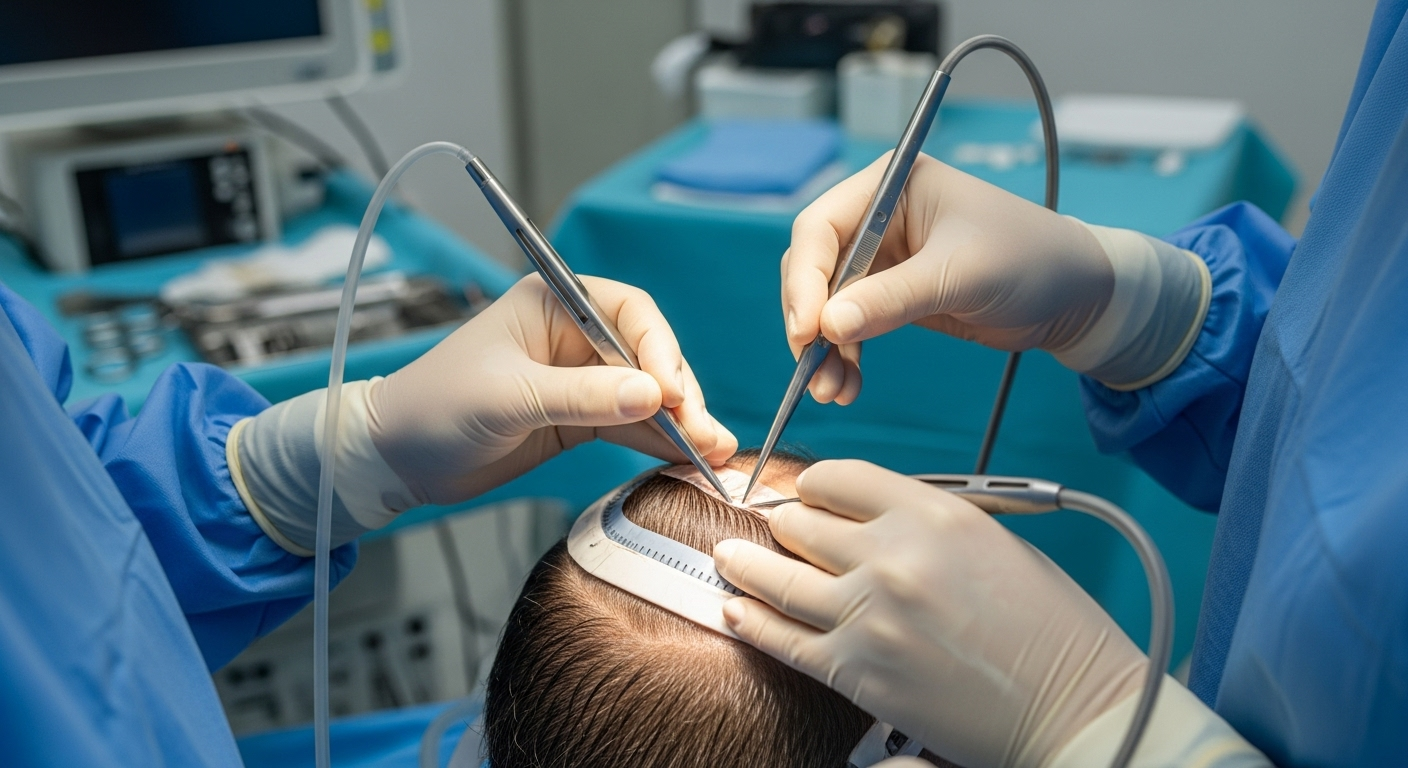Rhinoplasty: Understanding the Nose Job Procedure and Its Impact
Rhinoplasty, commonly known as a "nose job," is a popular cosmetic surgery procedure that reshapes and restructures the nose. This surgical intervention can dramatically alter a person's facial appearance and, in some cases, improve breathing function. As one of the most frequently performed plastic surgeries worldwide, rhinoplasty continues to evolve with advanced techniques and technology.

The procedure typically takes between one to three hours, depending on the complexity of the case. Patients may receive either general anesthesia or local anesthesia with sedation. After the surgery, a splint is usually applied to help maintain the new shape of the nose during the initial healing period.
What Are the Common Reasons for Getting a Nose Job?
People seek rhinoplasty for various reasons, both aesthetic and functional. Some common motivations include:
-
Correcting a prominent bump on the bridge of the nose
-
Refining the tip of the nose
-
Addressing asymmetry or crookedness
-
Reducing overall nose size or width
-
Improving breathing by correcting a deviated septum
-
Repairing nasal injuries or birth defects
Many patients report increased self-confidence and satisfaction with their appearance following successful rhinoplasty. However, it’s crucial to have realistic expectations and understand that the goal is improvement, not perfection.
How to Choose the Right Plastic Surgeon for Rhinoplasty?
Selecting a qualified and experienced plastic surgeon is crucial for achieving optimal results from rhinoplasty. Here are some key factors to consider:
-
Board certification: Look for surgeons certified by recognized boards such as the American Board of Plastic Surgery or equivalent organizations in your country.
-
Specialization: Choose a surgeon who specializes in facial plastic surgery and performs rhinoplasty regularly.
-
Before and after photos: Review the surgeon’s portfolio to assess their aesthetic style and results.
-
Patient reviews: Read testimonials and seek recommendations from previous patients.
-
Consultation: Schedule consultations with multiple surgeons to discuss your goals, concerns, and the proposed surgical plan.
-
Communication: Ensure you feel comfortable communicating with the surgeon and that they understand your desired outcome.
Remember, the most skilled rhinoplasty surgeons combine technical expertise with an artistic eye to create natural-looking results that complement your facial features.
What is the Recovery Process Like After Rhinoplasty?
The recovery process following rhinoplasty varies from patient to patient, but generally follows this timeline:
-
Immediate post-op: Patients typically experience swelling, bruising, and discomfort for the first few days.
-
First week: The splint and any stitches are usually removed. Breathing through the nose may be difficult due to swelling.
-
Weeks 2-4: Most swelling and bruising subsides, and patients can usually return to work and light activities.
-
Months 1-3: The nose continues to heal, and results become more apparent as swelling decreases.
-
6-12 months: Final results are typically visible, though minor changes may continue for up to a year.
During recovery, patients should follow their surgeon’s instructions carefully, which may include sleeping with the head elevated, avoiding strenuous activities, and refraining from wearing glasses that rest on the bridge of the nose.
How Much Does Rhinoplasty Cost and What Factors Affect Pricing?
The cost of rhinoplasty can vary significantly based on several factors. Here’s a breakdown of average costs and influencing factors:
| Provider Type | Average Cost Range | Factors Affecting Price |
|---|---|---|
| Board-Certified Plastic Surgeon | $5,000 - $15,000 | Experience, location, complexity of procedure |
| Hospital-Based Surgery | $6,000 - $20,000 | Facility fees, anesthesia costs |
| Revision Rhinoplasty | $7,500 - $25,000 | Additional complexity, previous surgical changes |
Prices, rates, or cost estimates mentioned in this article are based on the latest available information but may change over time. Independent research is advised before making financial decisions.
Factors that can influence the cost of rhinoplasty include:
-
Surgeon’s expertise and reputation
-
Geographic location (costs tend to be higher in major metropolitan areas)
-
Complexity of the procedure
-
Facility fees and anesthesia costs
-
Pre- and post-operative care
-
Any additional procedures performed simultaneously
It’s important to note that most health insurance plans do not cover cosmetic rhinoplasty. However, if the procedure is deemed medically necessary (e.g., to correct breathing problems), insurance may cover a portion of the costs.
Rhinoplasty is a complex and personalized procedure that can significantly impact both appearance and function. By understanding the process, choosing the right surgeon, and preparing for recovery, patients can make informed decisions about this transformative surgery. As with any medical procedure, it’s essential to weigh the potential benefits against the risks and costs before proceeding.
This article is for informational purposes only and should not be considered medical advice. Please consult a qualified healthcare professional for personalized guidance and treatment.






